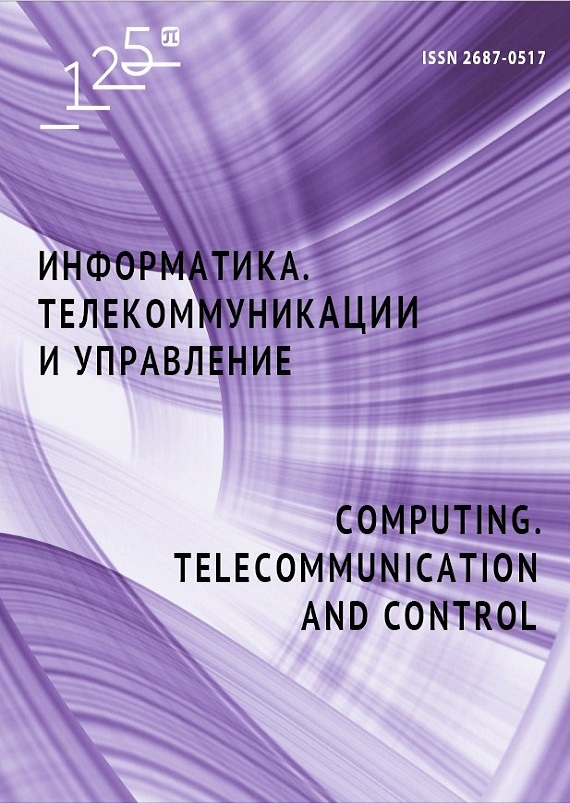Modeling the impact of technological process variations on R-2R DAC static characteristics
Digital-to-analog converter (DAC) is widely used in modern integrated electronics, converting digital signals into analog ones. This paper considers an R-2R structure DAC, its operation principle and static characteristics: integral non-linearity (INL) and differential non-linearity (DNL). For the accuracy of this DAC conversion, it is important that the element resistance ratio is maintained for the entire circuit. The authors considered the influence of random and systematic errors of DAC elements resistances on the transfer function and static characteristics of DAC, as well as the use of special DAC element placements to compensate for systematic errors. Systematic errors are presented as three types of gradients: linear, quadratic and central quadratic. These gradients were modeled in MATLAB. Using the MATLAB script, the authors calculated the static characteristics of the R-2R DAC for two resistor placements: regular and common centroid, taking into account the impact of three different gradients. These placements were compared based on the modeling and calculation results.


